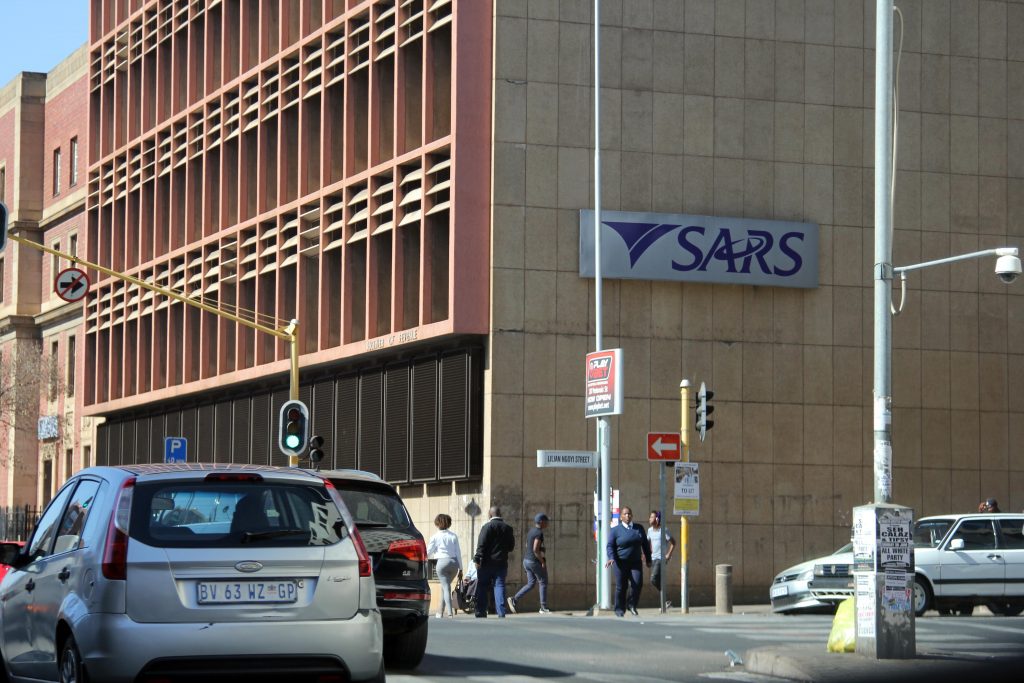
Present economic and geopolitical instabilities have heightened the demand for safe-haven assets, particularly Bitcoin, gold, and the Swiss franc.
Despite a recent decline in Bitcoin’s (BTC) value, it remains significantly elevated compared to its year-to-date low. Furthermore, Bitcoin ETFs have continued to garner investments this year, with total inflows rising by $54 billion since last January.
Summary
- Bitcoin, gold, and the Swiss franc have shown impressive gains this year.
- The US dollar index has decreased over 10% from its year-to-date peak.
- These three assets have positioned themselves as safe havens amid rising risks.
High Geopolitical and Economic Risks
The U.S. economy is displaying signs of stagflation, with consumer and producer inflation rates on the rise. The year-over-year U.S. consumer inflation rate (CPI) jumped from 2.4% in June to 2.7% in July, while the core CPI, which excludes food and energy, climbed to 3.1%.
Recent statistics indicate a slowdown in U.S. job growth, with only 22,000 jobs added in August, resulting in an unemployment rate of 4.3% — the highest observed since the pandemic.
Economists expect the forthcoming inflation report to show an increase in the headline consumer price index to 3% in August, continuing a trend observed over several months.
Consequently, economists predict that the Federal Reserve will reduce interest rates by 0.25% in the upcoming meeting. A rate cut during a period of stagflation poses potential risks of heightened inflationary pressures in the coming months.
The demand for safe-haven assets has surged in light of declining trade relations between the U.S. and other countries. For instance, India is reportedly aligning with China in response to tariffs imposed by the Trump administration.
Moreover, there are significant concerns regarding the Federal Reserve’s independence, as Trump has considered dismissing Fed Chair Jerome Powell and recently removed Lisa Cook in an attempt to lower interest rates.
Bitcoin, Swiss Franc, and Gold Surge

These risks highlight why the U.S. dollar index has significantly dropped, declining from its year-to-date high of $110 in January to $97.73 today.
At the same time, gold prices have surged to unprecedented levels, driven by substantial capital inflows into ETFs in recent months. China’s central bank has been acquiring gold for eleven consecutive months, raising its holdings to 74 million troy ounces. Analysts at Goldman Sachs anticipate that gold prices may soar to $5,000.
The Swiss franc has also emerged as a safe haven, appreciating by 13% against the U.S. dollar. Investors are increasingly attracted to the low-yielding franc, drawn by Switzerland’s stability, neutrality, and low public debt.






